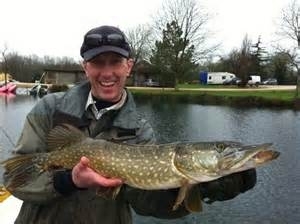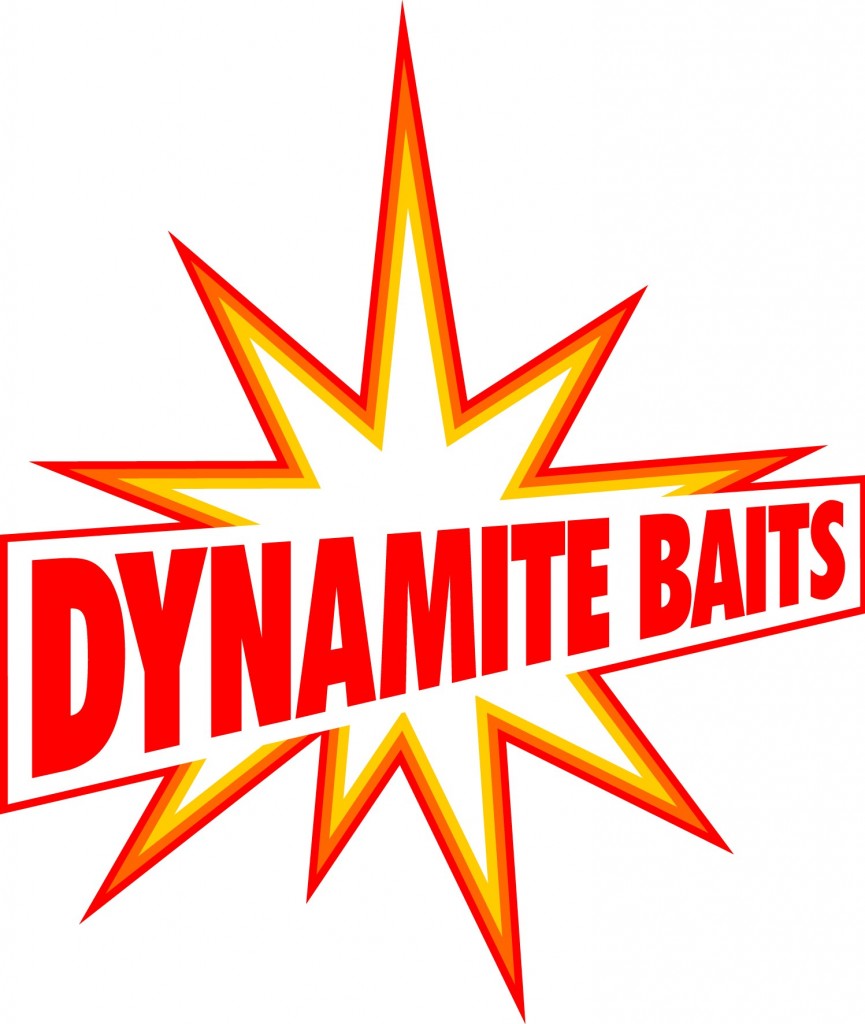Starting of Pike Fishingposted on 26 September 2013 | posted in Hints and TipsStarting of Pike Fishing a few facts and tips to get you going As far as fossilised remains show, pike has been around longer than all other freshwater species in the British Isles, showing that it is not only the ultimate predator, but also the ultimate survivor. A pike's large, powerful tail propels it forward at impressive speed. A pike will catch its prey fish more often than not, however, due to its poor timing it will miss every now and again. Its colossal jaws allow is to swallow anything little smaller than itself - fur, feather or scales. Almost regardless of the weather, pike can be caught at any point from June through to March. In most fisheries, a pike around 20lb, usually measuring around 40in, is considered the specimen size to aim for, although its ultimate weight potential is probably around 50lb.  Pike are not only physically better equipped than any freshwater fish, in the hunting senses of sight, hearing and sonar but they are also unequalled in its fantastic colouration and camouflage pattern. The grey-green colour with zigzag markings across its back and the intricate pattern of spots along its flanks are accentuated in clear water. Cleverly, the pikes colour will change accordingly when in heavier coloured water. Most commonly, pike will lie in wait between reed stems and ambush prey from there, however they will also group together and drive a big shoal of fry or small fish into an area such as a small bay, where there will be no escape other than gritting your teeth and swimming for it! Pike will also scavenge dead or dying fish that they find, from the bottom. It will gulp down small fish immediately, however with larger meals it will grip its food sideways tightly until it is almost dead, then, using its sandpapery tongue, it will turn it and swallow it head first. The pike will eat far less and far slower during times pf severe winter weather, due to its metabolic rate being greatly slowed down, causing the pike to take more time turning and swallowing a meal than it would in the summer. This is something worth bearing in mind when presenting large baits - the bait probably will not have been turned by the pike when you strike, so when the pike feels pressure from the rod tip, it will open its mouth and let go of the bait. It will eat other fish, rodents, water birds, amphibians and the larger crustaceans such as crayfish. Where to find pike...Pike will occasionally group together although not as a shoal as such. The pike's prefered habitat will need to be found rather than the individual fish - unlike fish such as tench or carp, who send up bubbles and reveal where they are, observation alone will not often tell you the position of pike. To find a likely pike spot, knowledge of the various ambush habitats of pike, along with imagination and perseverance will be needed. Pike are very lazy, so subsequently you will very rarely find one in rapid, turbulent waters. They are generally found in areas that shoals of roach, bream, chub or dace live, as they never like to be too far from their next meal. As they prefer to ambush fish, they will be hiding in clumps of bullrushes, tall reeds, sunken trees, in slow back-eddies, deep channels, sudden depressions in the river-bed, in holes on the bends, at the confluence of a ditch or side stream and the main river, in weir and mill pools and so on. |








.jpg)
.jpg)





